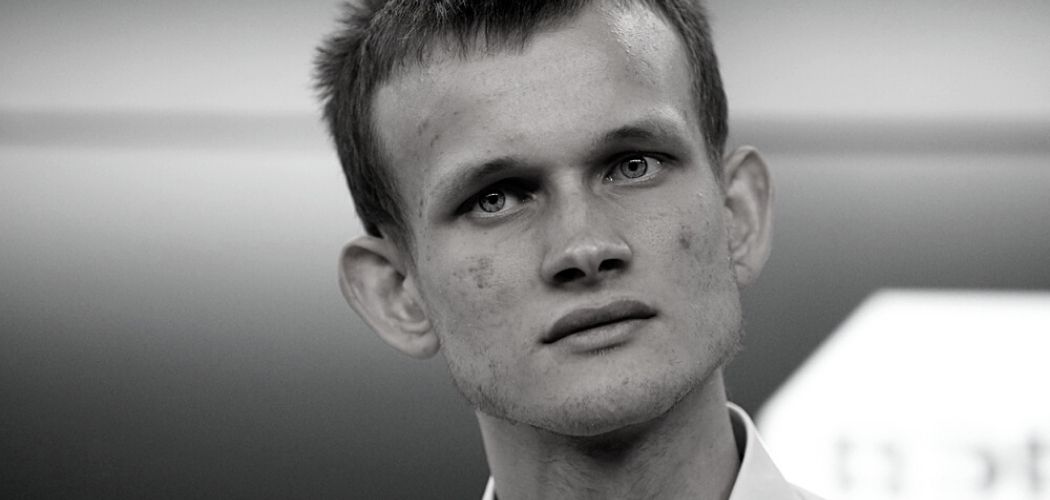Table of Contents
Vitalik Buterin, the co-founder of Ethereum, has detailed his plans to elevate the upcoming ETH 2.0 upgrade to further improve scalability, trustlessness, and censorship resistance.
Roadmap To Improve Scalability
It has been a year since the launch of the Beacon Chain, one of the most prominent upgrades preparing the network for Ethereum 2.0. The upgrade allows users to be ETH 2.0 validators by staking Ethereum, reportedly earning up to 10% annually, diminishing miners for transaction validation, and adding new blocks.
In his latest blog titled “Endgame,” released on the anniversary of the Beacon Chain, Buterin talks about how scalability could be further improved in the Ethereum upgrade without sacrificing standards for trustlessness and censorship resistance. To accomplish this, Buterin has proposed an experiment that will determine the effect of high block frequency, high block size, and the number of transactions per second on the average large blockchain.
Roadmap Guidelines - “Endgame”
Buterin has charted out a step-by-step roadmap to ascertain the results of his proposed experiment. Firstly, he recommends adding a second tier of staking that will require fewer resources to execute distributed block validation. Secondly, Buterin suggested implementing fraud-proofs or ZK-SNARKs to let users check block validity at low costs. Thirdly, he suggests introducing data availability sampling that will allow users to check block availability. Finally, he mentions adding secondary transaction channels that will prevent censorship.
He wrote,
“It's somewhat aesthetically ugly, but it does provide the basic guarantees that we are looking for: even if every single one of the primary stakers (the block producers) is intent on attacking or censoring, the worst that they could do is all go offline entirely, at which point the chain stops accepting transactions until the community pools their resources and sets up one primary-staker node that is honest.”
Block Production Remains Centralized
Buterin adds that the above steps will lead to a chain where block validation is trustless and highly decentralized, along with added anti-censorship protection. However, the block production will remain centralized.
Buterin also spoke about the implementation of the “roll-ups,” claiming that the layer-two solutions that process transactions outside of the main Ethereum chain might seem to have the potential to contribute to distributed block production. However, decentralization is not fully sustainable due to limited transactions per second, maximum exhaustible cross-domain revenue, or MEV.
Disclaimer: This article is provided for informational purposes only. It is not offered or intended to be used as legal, tax, investment, financial, or other advice.
Investment Disclaimer











